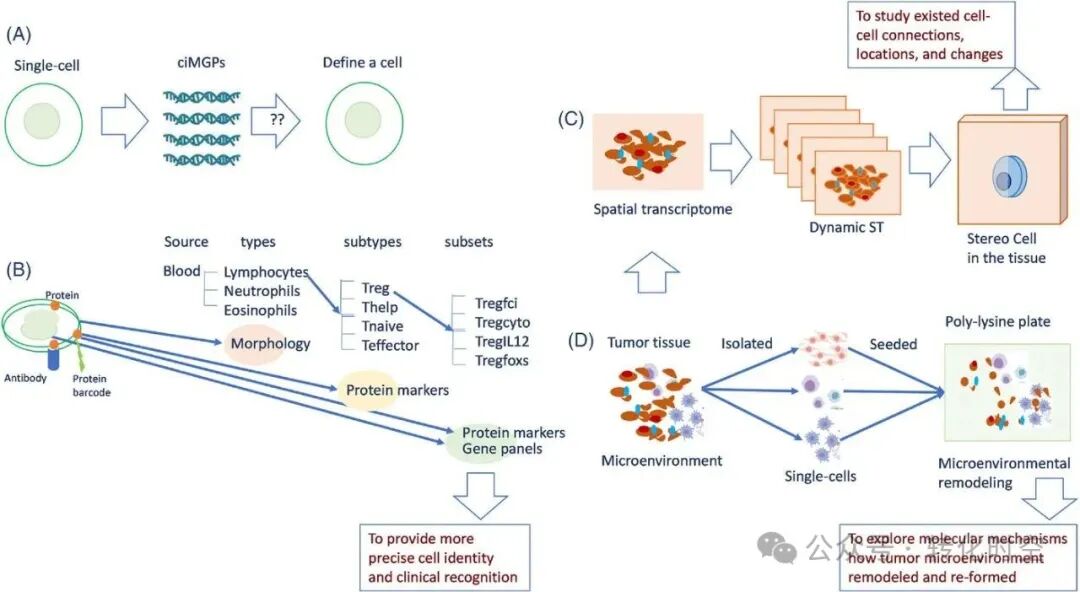最新研究为成功运用人类干细胞疗法提供希望
| 导读 | 发表于Cell Stem Cell上的一篇研究研究论文中,来自加州大学圣地亚哥分校(UC San Diego)的研究人员通过研究发现了一类重要的名为人类“诱导多能干细胞”(iPSCs)的干细胞,这类干细胞是由机体自身的细胞演化而来,其可以分化成为具有不同免疫排斥命运的功能性细胞。 |
发表于Cell Stem Cell上的一篇研究研究论文中,来自加州大学圣地亚哥分校(UC San Diego)的研究人员通过研究发现了一类重要的名为人类“诱导多能干细胞”(iPSCs)的干细胞,这类干细胞是由机体自身的细胞演化而来,其可以分化成为具有不同免疫排斥命运的功能性细胞。
如果iPSCs被转化成为视网膜色素上皮,其或许并不会被机体免疫系统所排斥,该项研究为开发基于人类干细胞的疗法来治疗老年黄斑变性提供了新的线索,老年黄斑变性是一种引发老年个体使命及视力障碍的主要原因,据估计全球大约有3000万至5000万个体饱受机体退行性疾病的影响。
研究者Yang Xu说道,早在2011年我们就发现,尽管iPSCs来源于机体自身的细胞,但异常的基因表达会引发机体免疫系统排斥由iPSCs分化而成的特定类型的细胞,这或许是安全使用iPSCs的一大主要障碍,而且iPSCs还被认为干细胞疗法的有效候选者,因为其可以分化成为多种类型的细胞,并不是由胚胎组织衍生而生,而且不受人类胚胎干细胞使用的多重限制。
早期研究者开发了一种人源化的实验室小鼠,这种小鼠包含有人类功能性的免疫系统,足以应对来源于人类胚胎干细胞衍生的外源细胞产生的强大的免疫排斥反应;而人类和小鼠的免疫系统大不一样,因此研究者开发了一种携带功能性人类免疫系统的人源化实验室小鼠,这就为评估人类机体对干细胞的免疫反应提供了一定线索。
实验中,研究人员利用iPSCs开发了一系列类型的细胞,随后在携带人类免疫系统的小鼠机体中检测其免疫反应的情况,结果发现,小鼠机体的平滑肌细胞具有高度的免疫原性,或者说可以被人源化小鼠机体的免疫系统强烈地排斥,然而视网膜色素上皮细胞却具有一定的耐受性,甚至当移植到可以提供强大免疫排斥反应的部分机体中也是出于耐受状态。
随后研究者就表明在平滑肌细胞中存在免疫源性抗原的异常表达,但并不是在视网膜色素上皮细胞中,这往往会促成不同的免疫原性。最后研究者Xu说道,免疫排斥是干细胞疗法的一大障碍,而本文研究发现,人类iPSCs诱导产生的视网膜色素上皮细胞或许缺失免疫排斥反应,这或许可以帮助我们来治疗老年黄斑变性,然而和黄斑变性相关的炎性环境或许是干细胞疗法成功的又一个障碍,后期研究中研究者或将投入更大的精力来开发基于干细胞的新型疗法治疗机体疾病。(转化医学网360zhyx.com)
以上为转化医学网原创翻译整理,转载请注明出处和链接!
转化医学网推荐的原文摘要:
Study provides hope for some human stem cell therapies
An international team of scientists headed by biologists at UC San Diego has discovered that an important class of stem cells known as human "induced pluripotent stem cells," or iPSCs, which are derived from an individual's own cells, can be differentiated into various types of functional cells with different fates of immune rejection.
The scientists also found that these cells may not be rejected by the immune system if iPSCs are turned into retinal pigment epithelium cells destined for the eye.
Their discovery provides hope for the development of human stem cell therapies to treat macular degeneration, a major cause of blindness and visual impairment in older adults. An estimated 30 million to 50 million people worldwide are affected by the degenerative medical condition.
The achievement was published in a paper in this week's early online edition of the journal Cell Stem Cell, which will again appear in the September 3 issue of the print journal.
The research effort was headed by Yang Xu, a biology professor at UC San Diego who discovered with colleagues in 2011 that even though iPSCs are derived from an individual's own cells, the abnormal gene expression can cause the immune system to reject certain cells derived from iPSCs.
That could have been a major impediment to the safe use of iPSCs, which are regarded as particularly attractive candidates for stem cell therapies because they can be differentiated into a wide variety of cell types, are not derived from embryonic tissue and are not subject to restrictions that limit the use of human embryonic stem cells.
Funded by a $5.12 million grant from the California Institute for Regenerative Medicine, the state's stem cell agency, Xu and his colleagues at UC San Diego earlier developed "humanized" laboratory mice with a functional human immune system capable of mounting a vigorous immune rejection of foreign cells derived human embryonic stem cells......
 腾讯登录
腾讯登录
还没有人评论,赶快抢个沙发